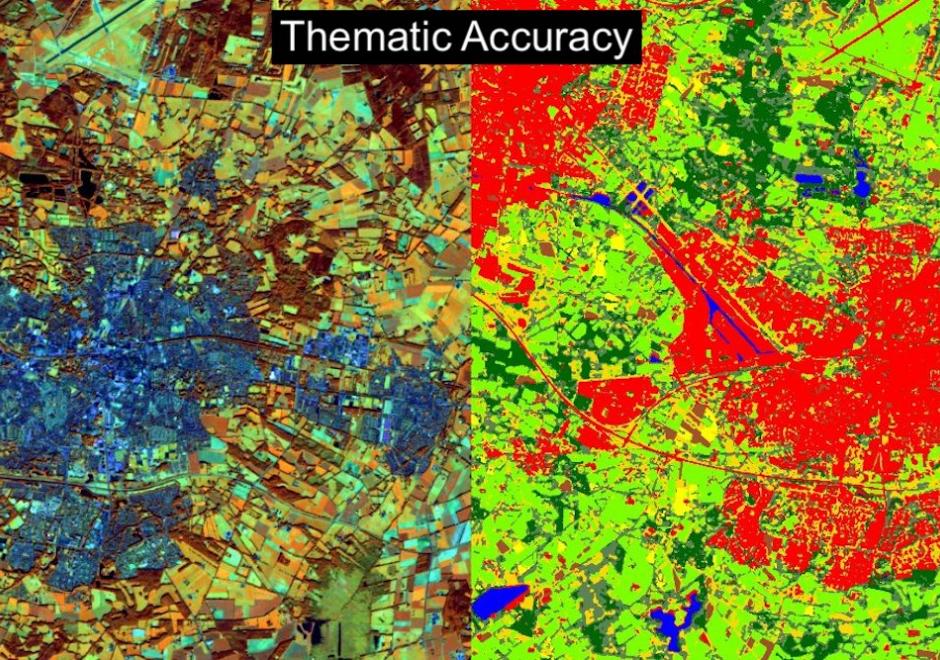FC-20 - The power of maps

- Describe how maps such as topographic maps are produced within certain relations of power and knowledge
- Discuss how the choices used in the design of a road map will influence the experience visitors may have of the area
- Explain how legal issues impact the design and content of such special purpose maps as subdivision plans, nautical charts, and cadastral maps
- Exemplify maps that illustrate the provocative, propagandistic, political, and persuasive nature of maps and geospatial data
- Demonstrate how different methods of data classification for a single dataset can produce maps that will be interpreted very differently by the user
- Deconstruct the silences (feature omissions) on a map of a personally well known area
- Construct two maps about a conflict or war producing one supportive of each side’s viewpoint



DM-15 - The network model